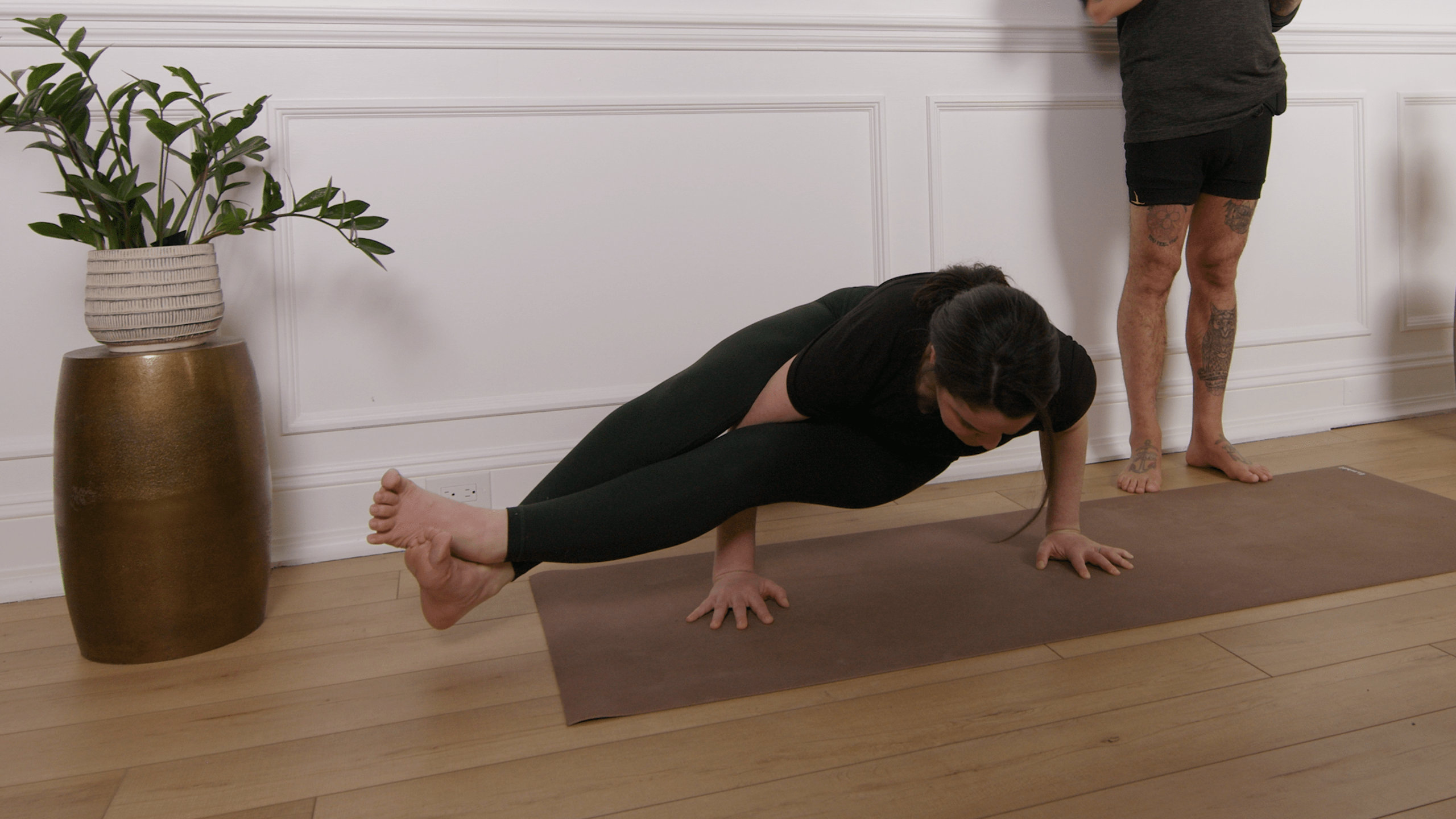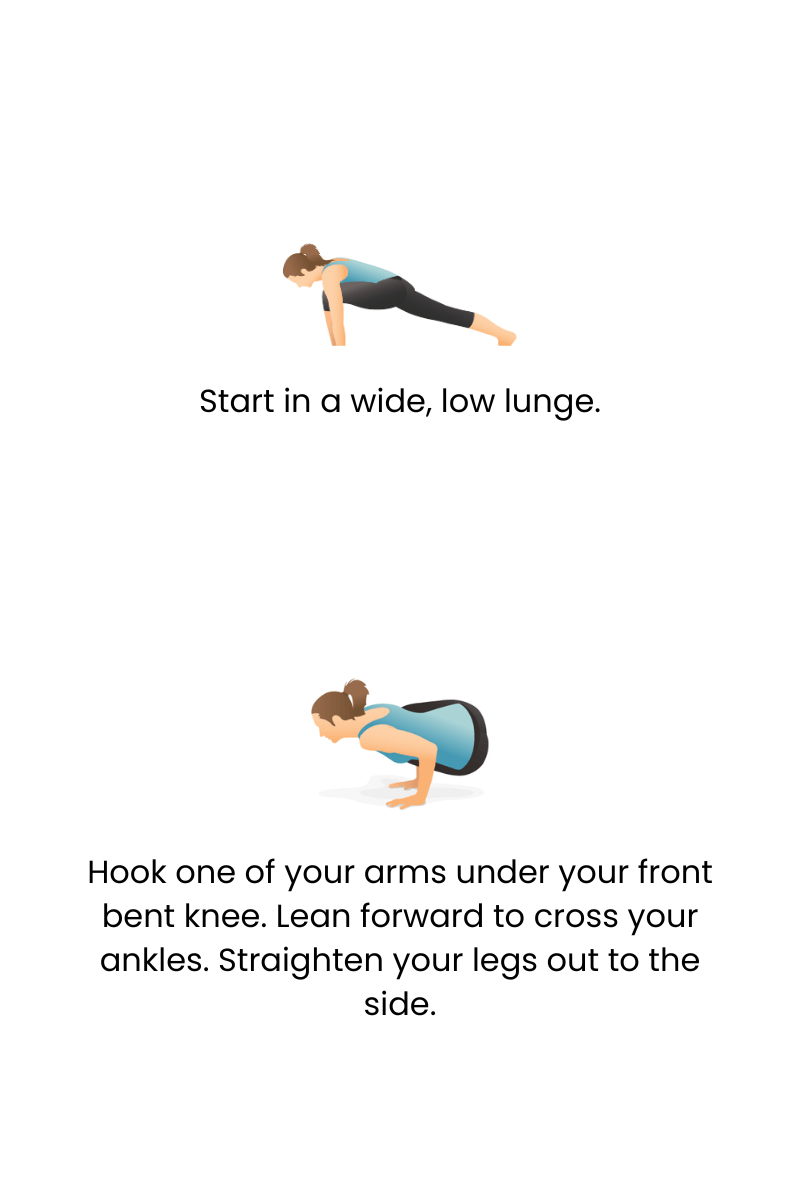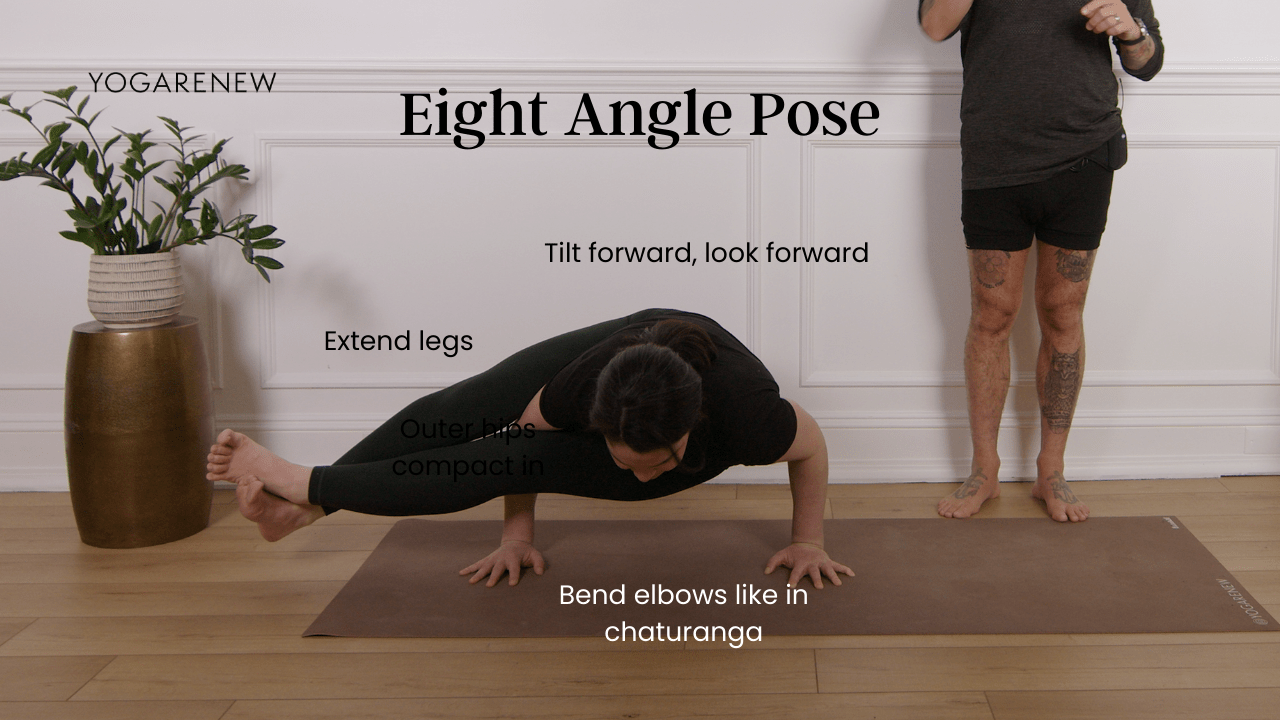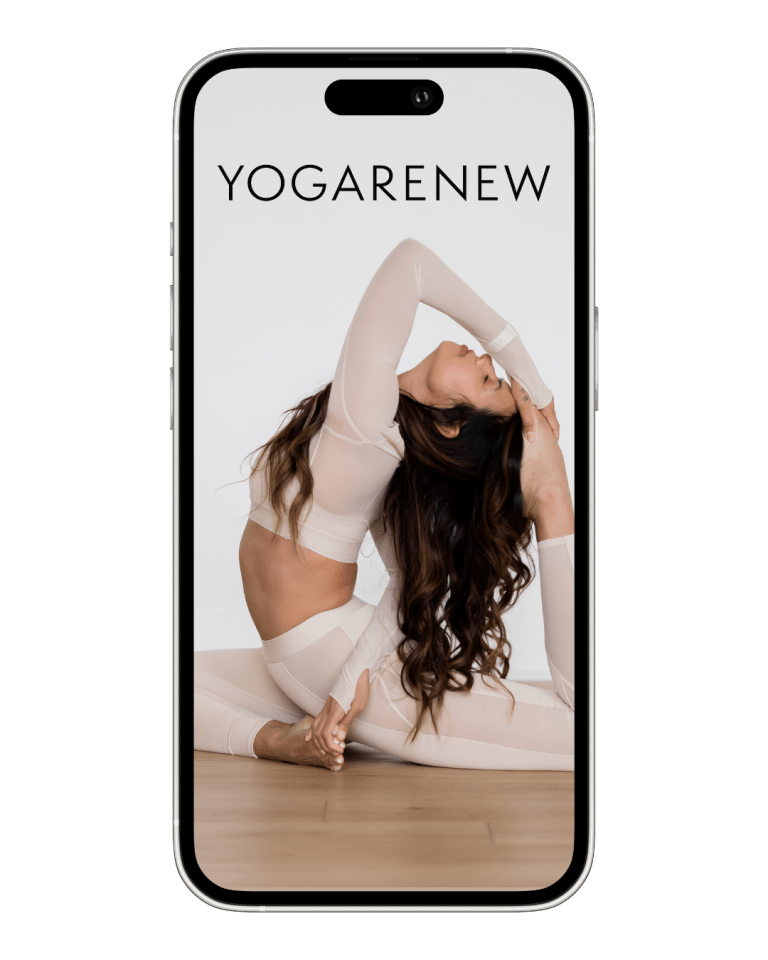What is Eight Angle Pose?
English Name: Eight-Angle Pose
Sanskrit Name: Astavakrasana (pronounced AHSH-tah-vah-KRAHS-uh-nuh)
Category: Arm Balance, Core, Advanced, Mood Booster

English Name: Eight-Angle Pose
Sanskrit Name: Astavakrasana (pronounced AHSH-tah-vah-KRAHS-uh-nuh)
Category: Arm Balance, Core, Advanced, Mood Booster
Eight-Angle Pose, or Astavakrasana, is an advanced arm balance that builds upper body strength, challenges core control, and requires hip flexibility. Named after the sage Astavakra—who was said to have eight bends in his body—this pose embodies resilience, focus, and inner power.
Astavakrasana combines deep twisting with strength and balance, making it a pinnacle posture in many advanced yoga sequences. Though visually complex, it’s built on strong foundational elements like Chaturanga arms, hip mobility, and body awareness—making it a rewarding challenge for dedicated practitioners.


Astavakrasana is a powerful blend of strength, flexibility, and focused effort. It teaches how to move from a strong foundation with grace and control, making it both a physical and mental accomplishment. Though challenging, it offers deep rewards—enhancing body awareness, developing integrated strength, and embodying the spirit of perseverance. Practiced with patience, it becomes a celebration of power and precision.
While not required, strong hip mobility will make the entry more accessible.
Yes—core work, Chaturanga practice, and hip openers will help tremendously.
It’s an advanced pose. Beginners can explore foundational prep poses and progress gradually.

Explore classes & pose tutorials for any style, format, duration or experience level with a free account in the YogaRenew app. Or subscribe and gain access to workshops, live classes and more.